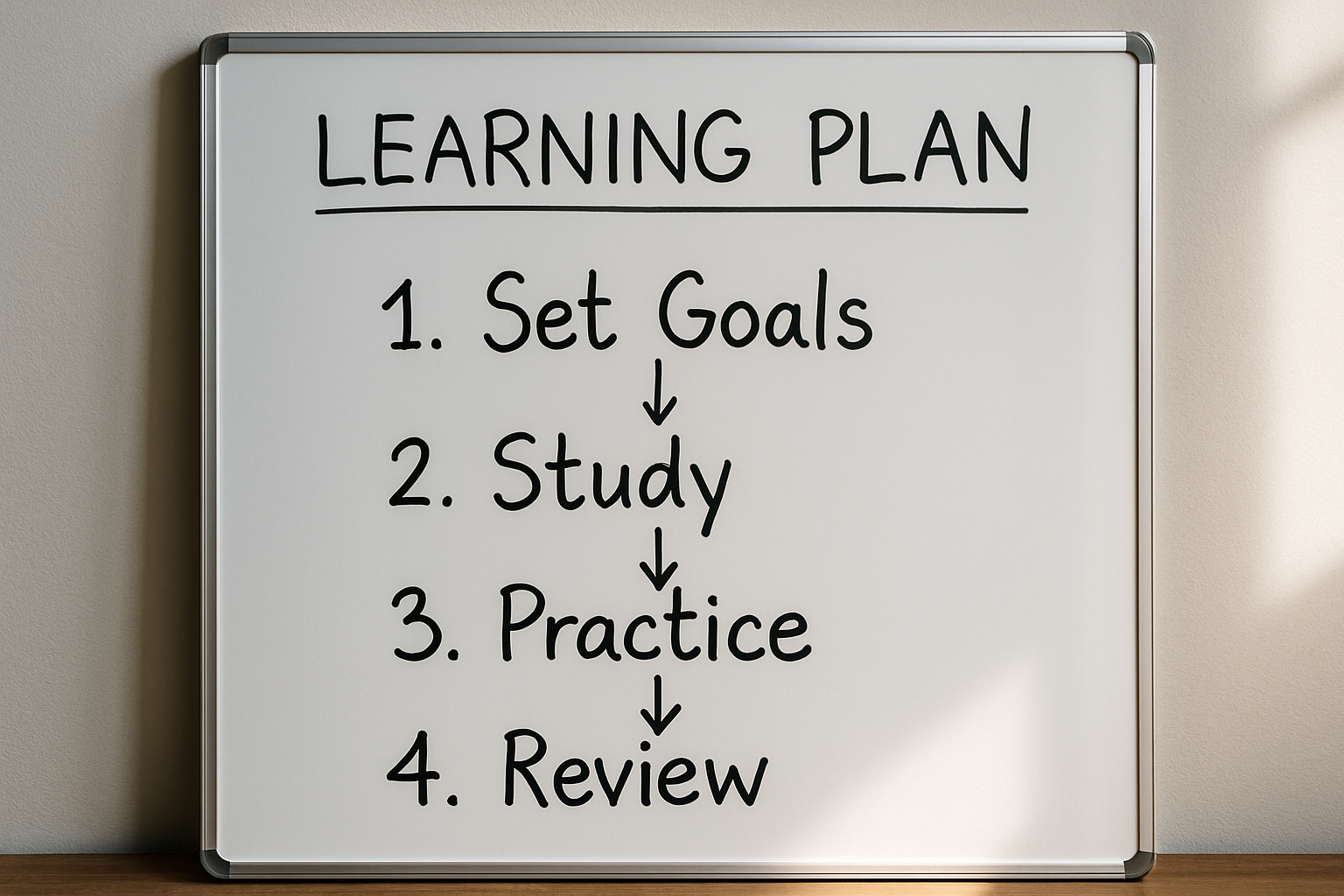
Learning paths for corporate training
In today’s rapidly evolving technological landscape, the most forward-thinking tech companies understand that their greatest asset is not their codebase or infrastructure, but their people. Continuous learning is the engine that powers innovation, productivity, and adaptability. As organizations strive to retain top talent, foster diversity, and support neurodiverse employees, building an effective learning roadmap is no longer a luxury—it’s a strategic imperative.
“Learning is not attained by chance, it must be sought for with ardor and attended to with diligence.” – Abigail Adams
Understanding the Modern Learning Landscape
Corporate learning has come a long way from the days of static training manuals and one-size-fits-all workshops. The best learning paths today are dynamic, personalized, and deeply integrated into the everyday workflow. Especially in tech companies, where innovation cycles are short and roles evolve quickly, the learning roadmap must be as agile as the teams it serves.
Before designing a learning path, it’s crucial to understand the unique challenges and opportunities within the tech sector. These include:
- Rapid technological change and short skill half-lives
- Increasingly diverse teams, including women and neurodivergent professionals
- Cross-functional collaboration requiring hybrid skill sets
- Distributed and remote work environments
These factors demand a holistic, inclusive, and flexible approach to employee development.
Mapping Skills to Business Goals
A successful learning roadmap starts by aligning skill development with business objectives. This begins with asking strategic questions:
- What are our company’s current and future technology priorities?
- Which skills are critical for our teams and projects?
- Where are the gaps between our current expertise and our aspirations?
Once these questions are answered, the next step is to map specific competencies to roles and career paths. For instance, a software engineer might need a blend of programming languages, cloud architecture, and security awareness, while a product manager may require technical fluency, agile methodologies, and interpersonal skills.
Personalization: The Key to Engagement
One of the most impactful trends in corporate learning is personalization. This means recognizing that each employee brings a unique set of experiences, learning preferences, and aspirations. For women in tech and neurodiverse professionals, this approach is essential for equity and inclusion.
“Equitable learning environments do not treat everyone the same; they empower each individual to thrive in their own way.”
Modern learning platforms can leverage AI to recommend resources tailored to an employee’s interests, pace, and preferred formats—whether that’s interactive coding labs, short video modules, or peer-led discussions. Additionally, offering content in multiple formats supports neurodiverse learners, who may process information differently.
Structuring the Learning Path
Building a learning path is not about creating a linear checklist, but about curating a sequence of learning experiences that scaffold skills and confidence over time. Here’s how to structure an effective roadmap:
1. Foundational Skills
Start with core competencies required for every team member. In tech, this might include basic programming, cybersecurity hygiene, and collaboration tools. These are the building blocks for advanced learning.
2. Role-Specific Development
Next, tailor learning to the unique demands of each role. This could involve advanced programming languages, data analysis, UX/UI design, or leadership skills. For women and neurodivergent employees, ensure access to mentorship programs and support networks as part of the learning journey.
3. Cross-Functional Skills
Tech companies thrive on collaboration across disciplines. Encourage learning paths that foster communication, empathy, project management, and agile methodologies. These skills are invaluable for integrating diverse perspectives and driving innovation.
4. Stretch Assignments and Real-World Application
Learning is most powerful when it’s applied. Incorporate opportunities for employees to take on stretch assignments, participate in hackathons, or lead small projects. This not only reinforces new skills but also builds confidence and visibility.
5. Continuous Feedback and Iteration
Effective learning roadmaps are never static. Solicit regular feedback from learners, managers, and mentors. Use surveys, 1:1s, and analytics to adjust content, pacing, and delivery formats. This iterative approach keeps the roadmap relevant and engaging.
Fostering Inclusion in Learning
Inclusion is at the heart of a successful corporate learning culture. Women in technology still face barriers to advancement, from lack of representation to unconscious bias. Neurodivergent employees may struggle with traditional learning formats or feel excluded from social learning events.
To foster inclusion:
- Offer flexible, self-paced learning modules
- Provide content in multiple modalities (text, video, audio, interactive)
- Encourage peer mentoring and affinity groups
- Offer clear pathways to leadership and technical mastery
- Consult neurodiverse employees on accessibility and usability
“When we design for difference, we create spaces where everyone can flourish.”
Case Study: Supporting Neurodiverse Learners
Consider a software company that noticed some of its most creative problem-solvers were not engaging with traditional online training. By consulting with neurodivergent team members, the company learned that long video lectures and timed quizzes were overwhelming. They piloted a new learning track with shorter modules, more hands-on exercises, and the option to pause and rewind content. Engagement soared, and the team reported feeling more valued and understood.
Leveraging Technology to Supercharge Learning
Modern learning platforms are transforming how tech companies deliver education. AI-driven course recommendations, gamification, social learning, and microlearning are just a few of the innovations making learning more engaging and effective.
- AI and Personalization: Adaptive platforms analyze employee performance and suggest tailored next steps
- Gamification: Badges, leaderboards, and friendly competition motivate learners and track progress
- Social Learning: Forums, chat groups, and peer feedback foster community and knowledge-sharing
- Microlearning: Bite-sized lessons fit into busy schedules and support just-in-time learning
- Analytics: Dashboards help managers track development and identify skill gaps
For women and neurodiverse employees, these tools can be especially empowering. They offer flexibility, recognition, and the opportunity to learn in ways that feel natural and rewarding.
Measuring Impact and Scaling Success
As with any business initiative, measuring the impact of learning paths is essential. Success metrics might include:
- Skill acquisition and certification rates
- Employee retention and promotion rates
- Engagement with learning content
- Feedback from diverse employee groups
- Business outcomes—such as time-to-market and customer satisfaction
Collecting and analyzing this data helps organizations refine their roadmaps and demonstrate the tangible value of investing in employee growth.
Supporting Lifelong Learning and Career Growth
The best tech companies know that learning is not a one-time event, but a lifelong journey. As technology evolves, so too must the skills and aspirations of every employee. By investing in robust, inclusive, and adaptable learning paths, organizations foster a culture where everyone—from entry-level developers to senior architects—has the tools and confidence to shape the future of technology.
In the end, the most valuable learning roadmap is not just a list of courses or skills, but a living framework that adapts to the needs, dreams, and identities of all employees. When learning is designed with care and curiosity, it becomes the foundation of innovation, equity, and lasting success.


